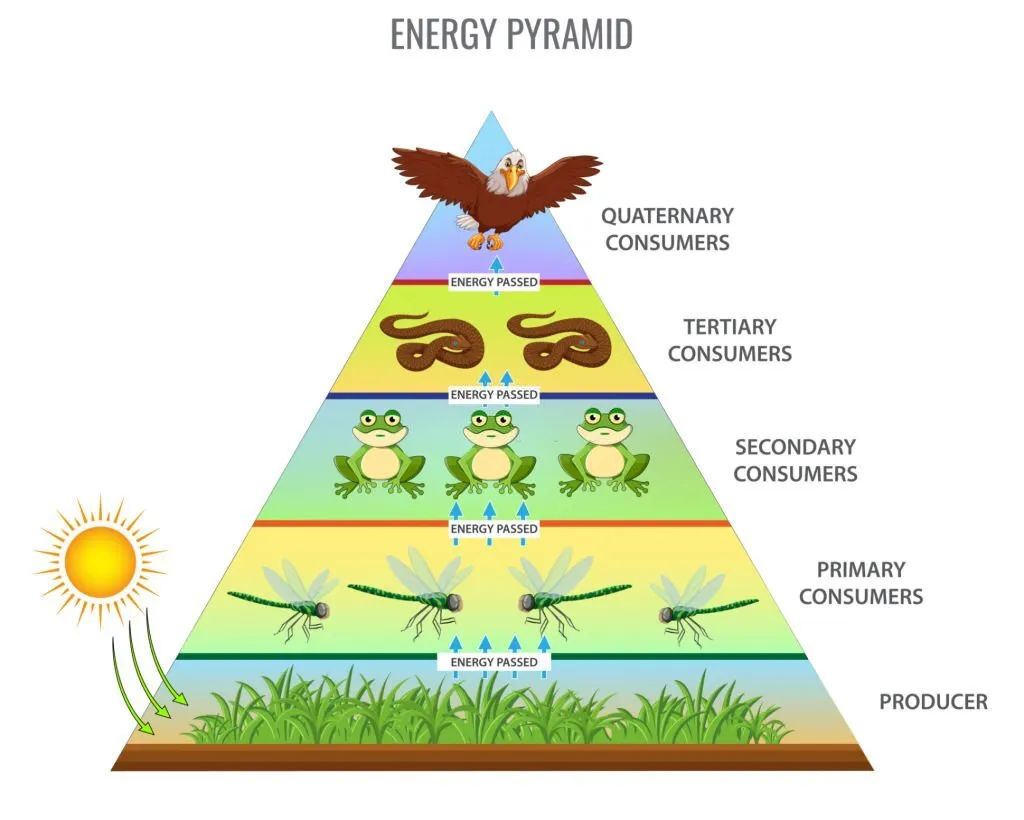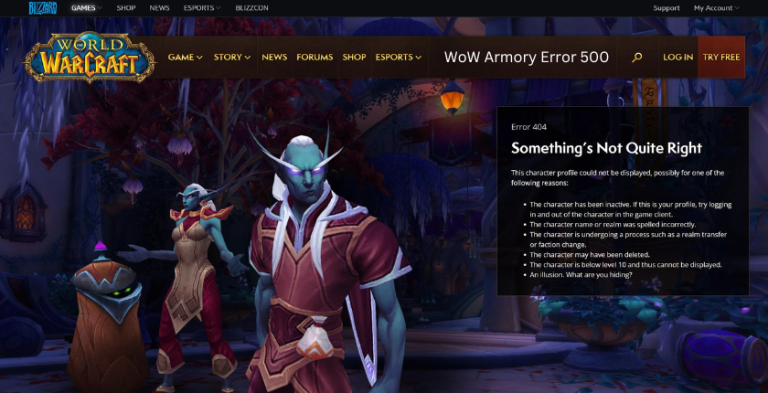Table of Contents
Learn about examples of tertiary and Secondary Consumer Examples like killer whales, polar bears, lions, wolves, and squid. Understand how these high-level predators interact in food chains and webs and the vital roles they play in regulating ecosystems.
Consumers play a vital role in the food chain and food web by obtaining nutrients and energy through feeding on other organisms. Consumers can be divided into primary, secondary, and tertiary consumers based on their position in the food chain. This article provides various examples of tertiary and secondary consumers in different ecosystems.
Introduction to Tertiary and Secondary Consumer Examples
In an ecological food chain, tertiary consumers are organisms that feed on secondary consumers for nutrients and energy. Tertiary consumers are often apex predators that are at the top of the food chain with no natural enemies.
Secondary consumers are organisms that feed on primary consumers. Primary consumers obtain energy and nutrients by feeding on producers like plants and algae. Secondary consumers feed on herbivores that eat these producers.
Both tertiary and secondary consumers play a vital role in regulating food chains and energizing ecosystems through the constant cycling of nutrients. Their feeding habits help maintain balanced ecosystems by preventing the overpopulation of species at lower trophic levels.
10 Tertiary and Secondary Consumer Examples
Here are 10 common examples of tertiary and secondary consumers found in various ecosystems:
1. Killer Whales
Killer whales are a classic example of tertiary consumers in marine ecosystems. They prey on other apex predators like sharks, large fish, seals, sea lions, and even other whales. Their position at the top of the food chain classifies them as tertiary consumers.

2. Hawks
Hawks are avian tertiary consumers that hunt smaller birds of prey and mammals like rabbits and mice. As apex predators with no natural enemies, hawks regulate populations of secondary consumers in various ecosystems.
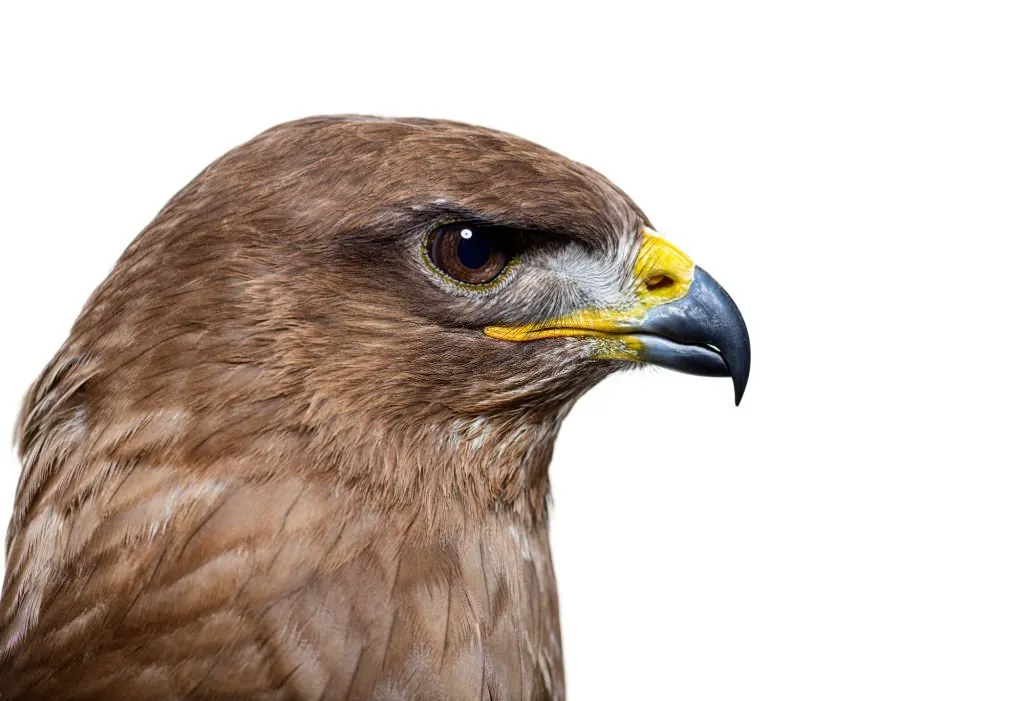
3. Lions
As the apex predator in the African savanna, lions are tertiary consumers that prey on large herbivores like zebras, buffaloes, and antelopes. Lions help maintain balanced herbivore populations that exert grazing pressure on plant life.
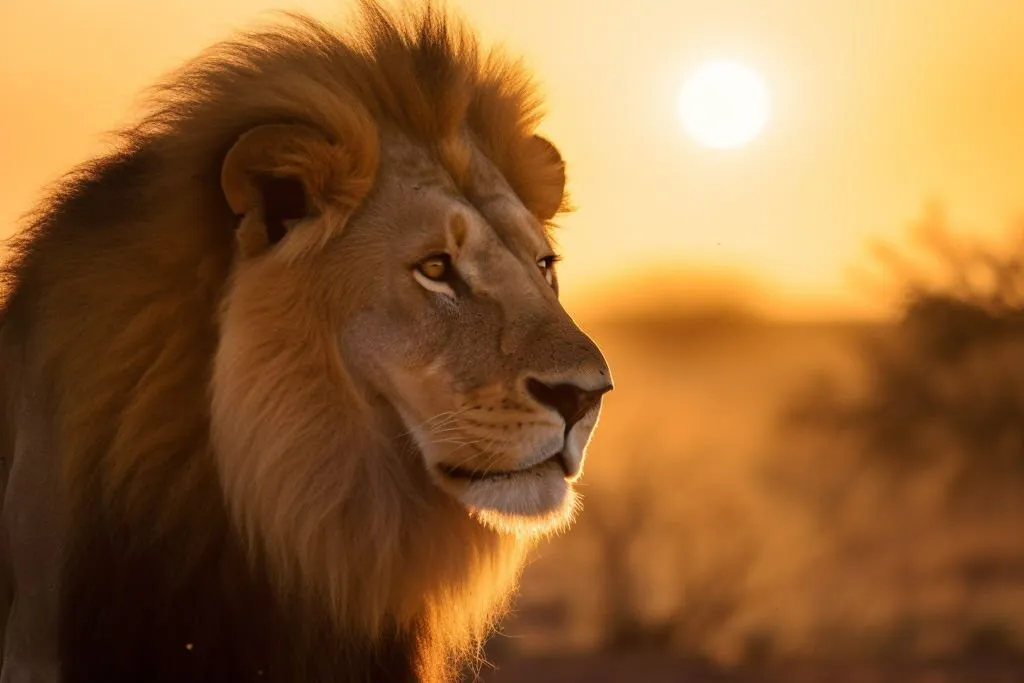
4. Polar Bears
In the Arctic region, polar bears sit at the top of the food chain as tertiary consumers. They prey on other carnivores like seals, walruses, and beluga whales, playing a vital role in regulating other predator populations. Read more about ztec100 tech fitness.
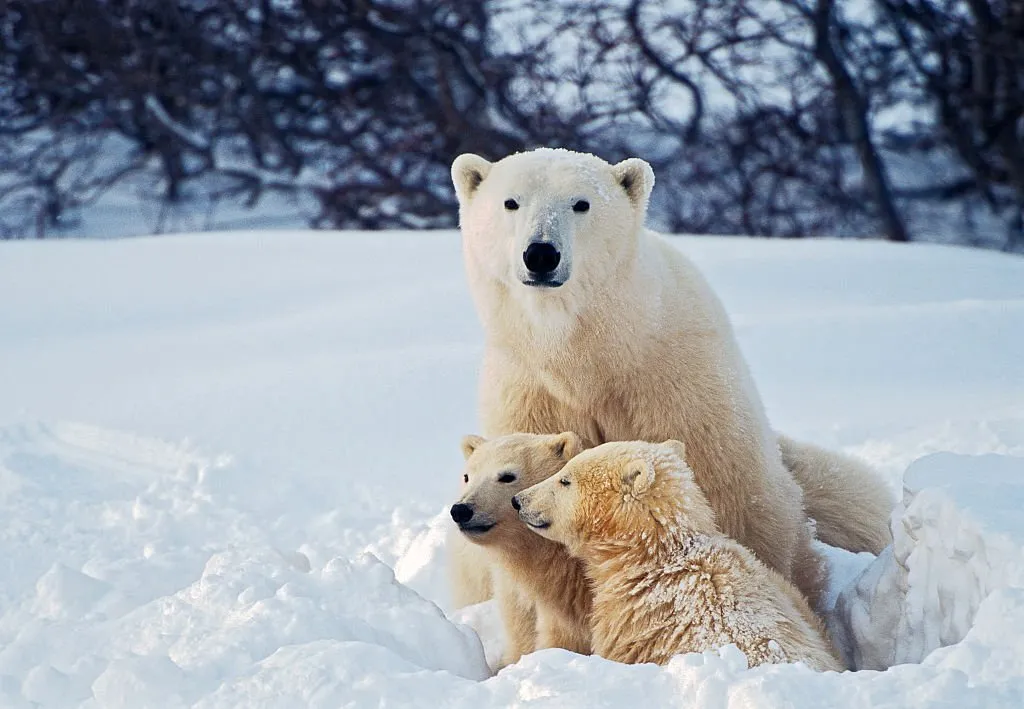
5. Grizzly Bears
A dominant predator in North American forests, the grizzly bear is a tertiary consumer that feeds on other omnivores and predators like moose, elk, and salmon. Grizzly bears help cycle nutrients throughout the forest ecosystem.
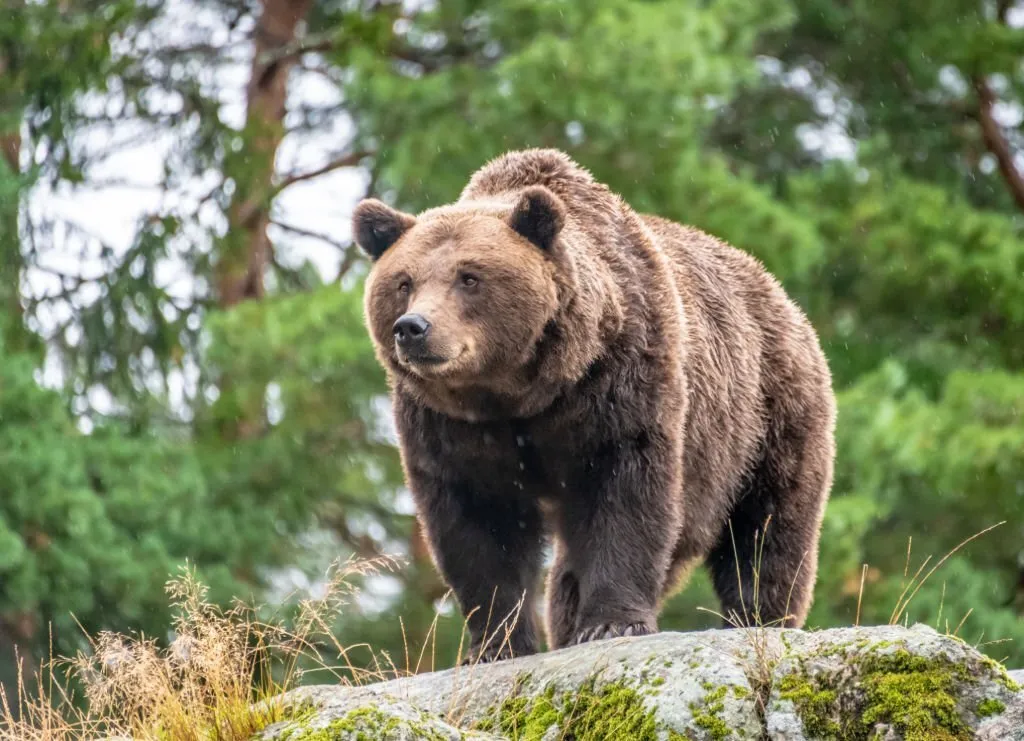
6. Wolves
As pack hunters, wolves prey on large herbivores like caribou, deer, bison, and moose, serving as important Secondary Consumer Examples in many ecosystems. Wolves help maintain a natural balance between plant-eaters and vegetation.
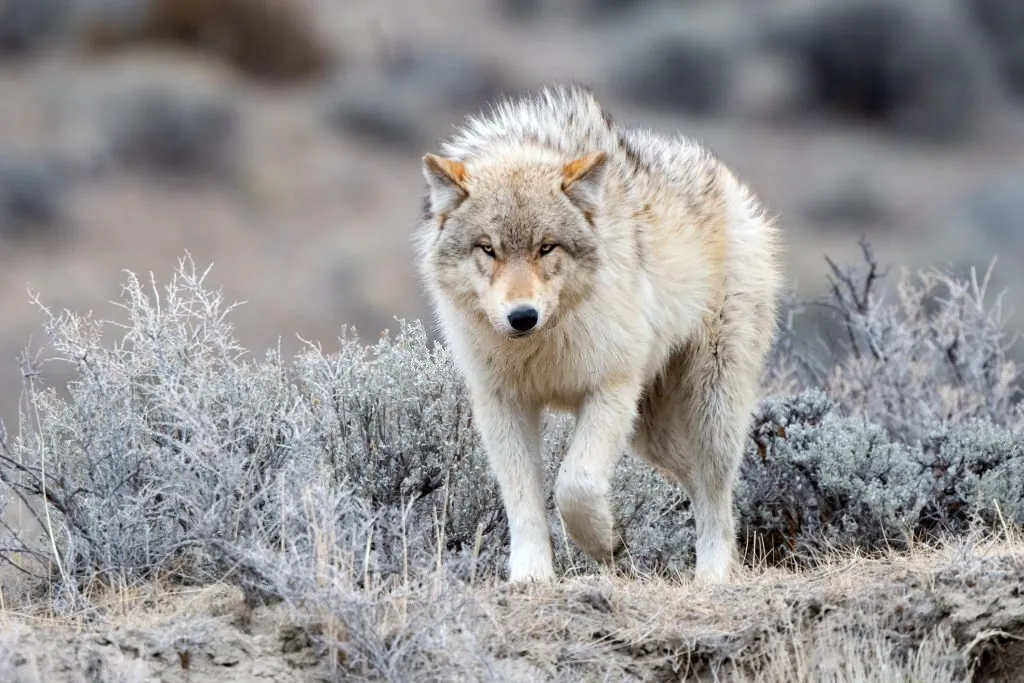
7. Hyenas
Feeding mostly on zebra and antelope, hyenas occupy an important secondary consumer position below apex predators like lions on the African savanna. Their scavenging helps recycle nutrients across the plains.

8. Sharks
As apex ocean predators in coral reefs, coastal regions, and the open sea, most sharks are secondary consumer examples that feed on smaller fish, seabirds, seals, sea turtles, and cephalopods. Their predation controls prey populations and maintains ecosystem balance.
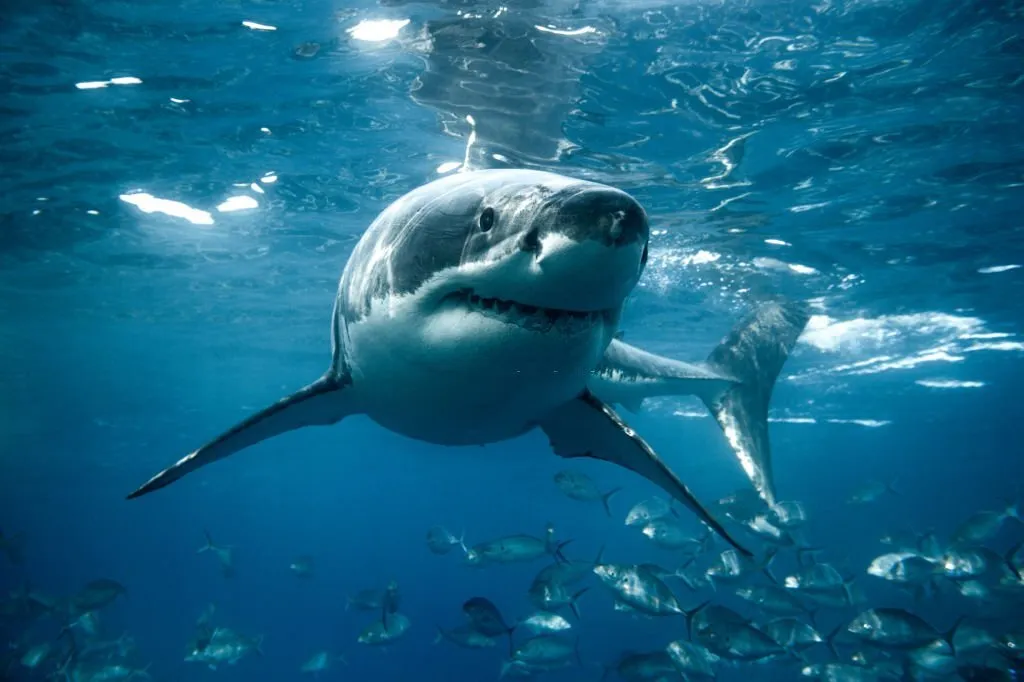
9. Squid
With their predatory feeding on small fish, crustaceans, and other zooplankton, squid act as secondary consumer examples in marine food chains, cycling energy to higher trophic levels.
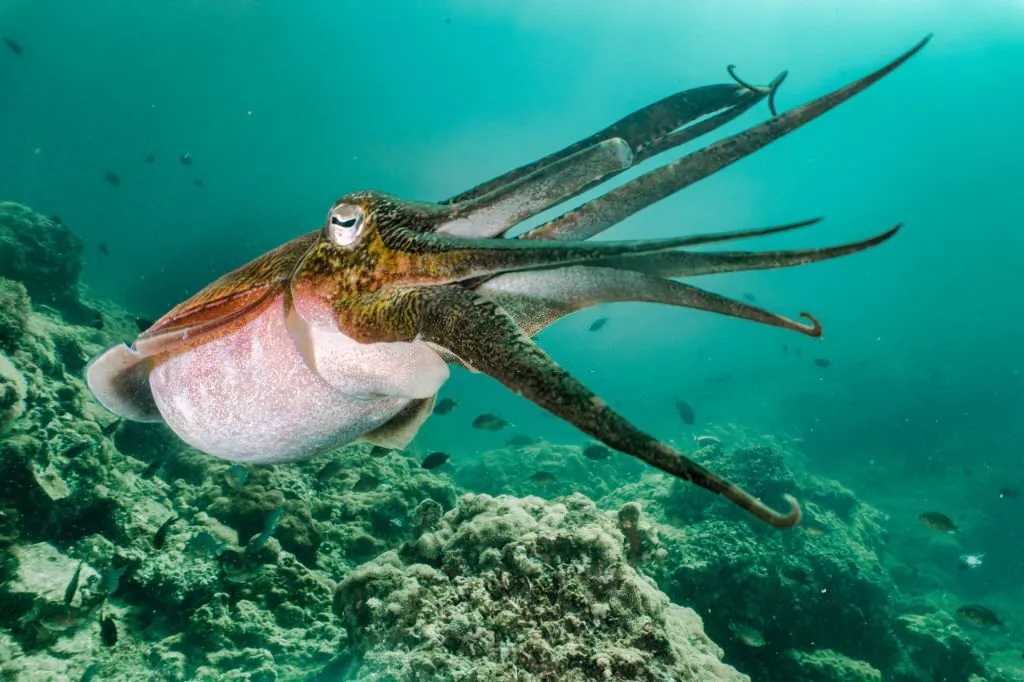
10. Tarantulas
Spider species like tarantulas prey on frogs, lizards, snakes, and large insects, serving as secondary consumers in many terrestrial ecosystems. Their feeding habits regulate prey populations.

The Role of Tertiary and Secondary Consumers
As the examples above illustrate, tertiary and secondary consumers are vital components of food chains and webs. Here are some key roles they play in ecosystems:
- Regulate prey population – The feeding habits of secondary and tertiary consumers prevent overpopulation and runaway growth of species at lower trophic levels.
- Maintain ecosystem stability – The predation of these higher-level consumers promotes biodiversity and stabilizes ecosystem dynamics.
- Recycle nutrients – As predators, these consumers redistribute energy and nutrients like nitrogen and carbon throughout the ecosystem.
- Energize food chains – The consumption of prey mobilizes energy through the lower levels of food chains and webs.
- Promote evolution – Predator-prey relationships drive adaptation and the evolution of species over time.
Key Differences Between Tertiary and Secondary Consumers
While tertiary and secondary consumers occupy adjacent trophic levels, there are some key differences:
- Food source – Secondary consumers eat primary consumers while tertiary consumers eat secondary consumers.
- Trophic level – Tertiary consumers rank higher on the food chain at level four vs level three for secondary consumers.
- Number of predators – Tertiary consumers lack natural predators while secondary consumers are predated on by tertiary consumers.
- Energy transfer – There is greater energy loss moving from secondary to tertiary consumers due to metabolic inefficiencies.
- Biomass – Tertiary consumer biomass is lower than secondary consumers due to energy loss through transfer.
- Examples – Bears, killer whales, and hawks are tertiary consumers while wolves, sharks, and squid are secondary consumers.
Ecological Pyramids and Trophic Levels
The transfer of energy and biomass between tertiary and secondary consumers highlights their trophic levels in ecological pyramids:
- Food pyramid – Tertiary consumers occupy the apex while secondary consumers form the layer below. Less energy is available at higher levels.
- Pyramid of biomass – The biomass of tertiary consumers is lower than secondary consumers. More biomass is contained within producers.
- Pyramid of numbers – There are fewer individual tertiary consumers than secondary consumers due to energy loss between trophic levels.
Understanding these ecological pyramids helps illustrate the importance of primary production in sustaining higher trophic levels in an ecosystem.
FAQs About Tertiary and Secondary Consumer Examples
What are 5 examples of secondary consumers?
Some examples of secondary consumers are wolves, hyenas, sharks, squid, tarantulas, trout, tuna, and seabirds. These organisms occupy the third trophic level by preying on primary consumers.
What do tertiary consumers eat?
Tertiary consumers eat other carnivores that occupy lower trophic levels. Examples of tertiary consumer diets include killer whales eating sharks, bears eating salmon, and hawks eating snakes.
Are humans primary, secondary, or tertiary consumers?
Humans are generally omnivores that obtain energy from both plant and animal matter. This can classify humans as either primary or secondary consumers depending on their food source. Strict carnivores would be tertiary consumers.
What’s the difference between a food chain and a food web?
A food chain follows a direct linear path of energy transfer between trophic levels. A food web consists of interconnected and overlapping food chains to illustrate the complexity of feeding interactions.








